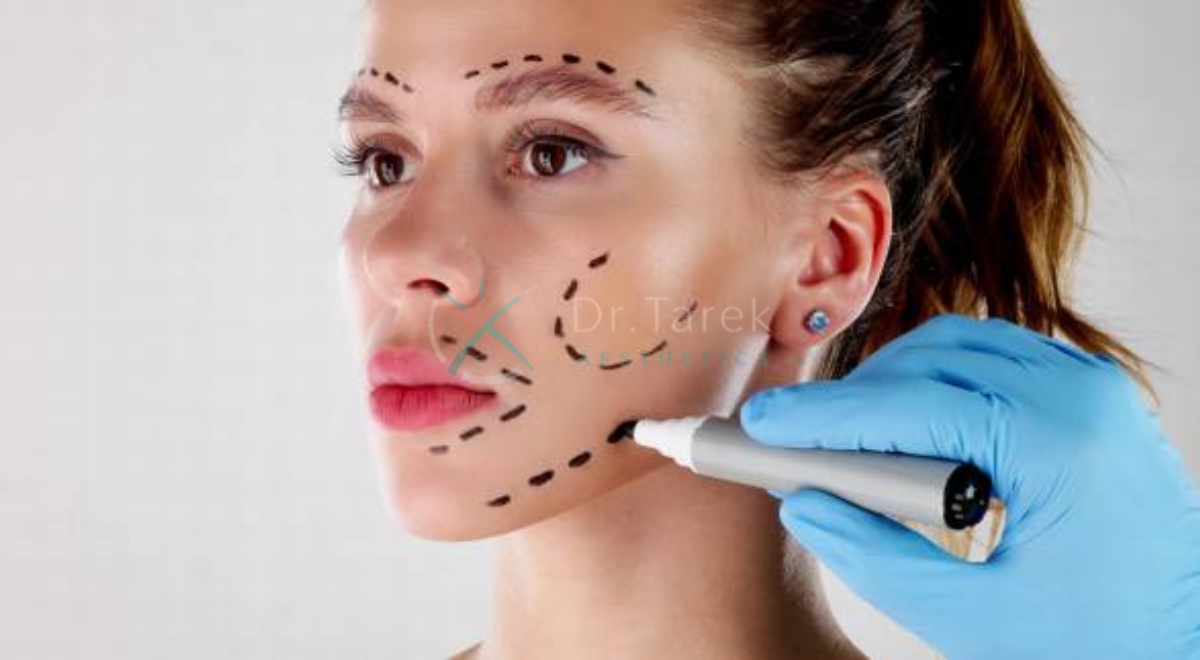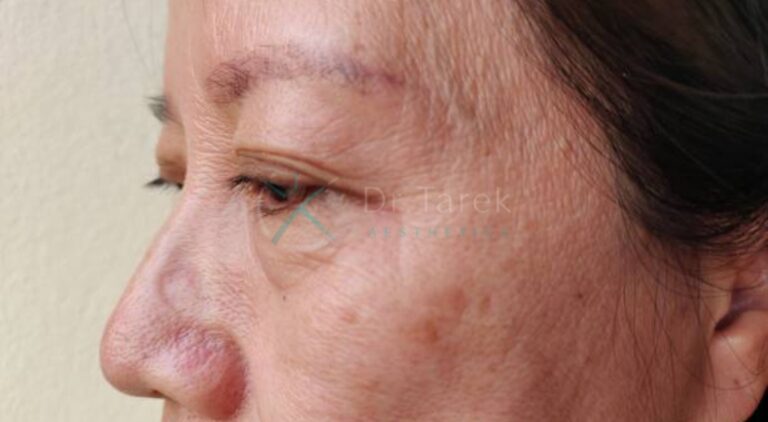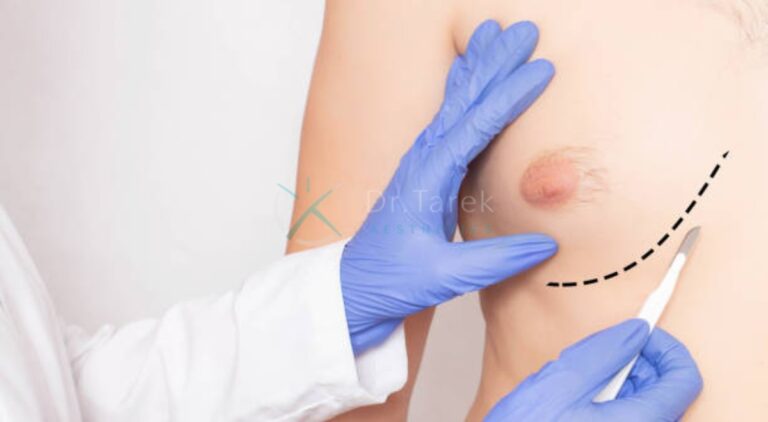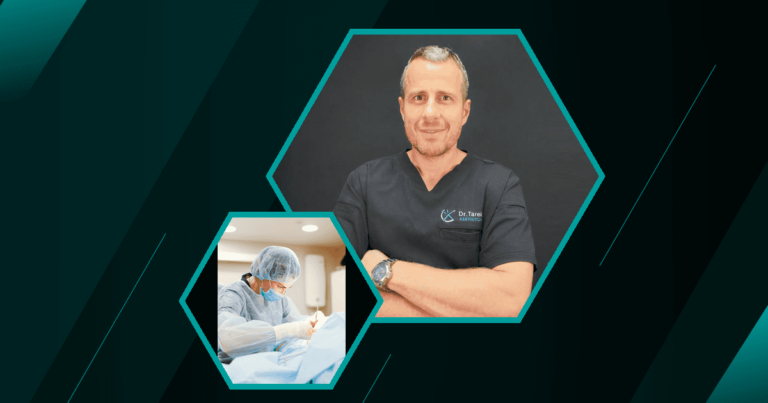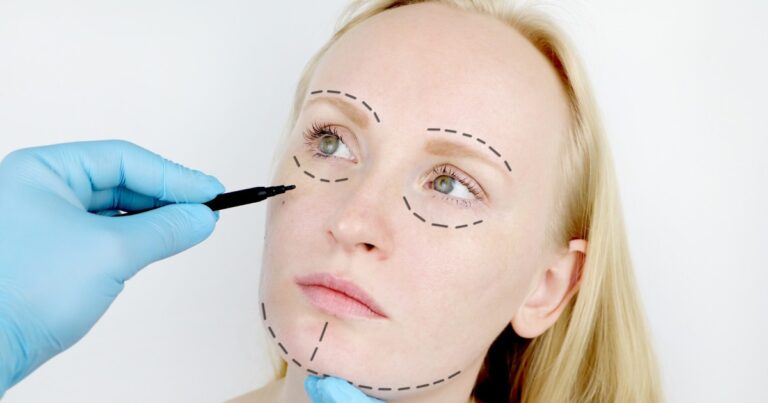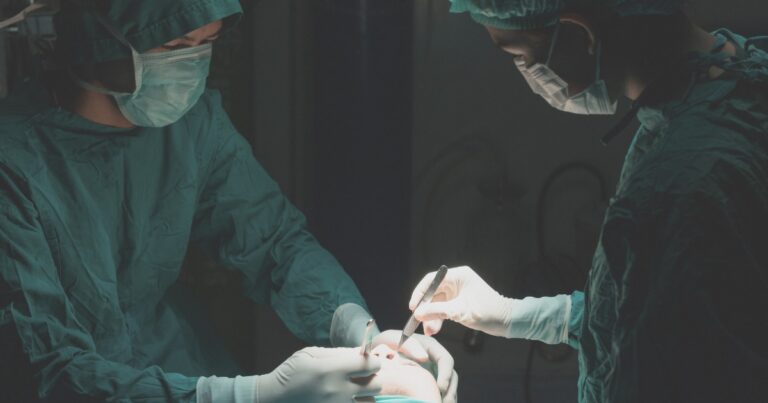Understanding Pain in Plastic Surgery
What to Expect During the Procedure
When considering plastic surgery, one of the most common questions is, “Does plastic surgery hurt?” Understanding what to expect during the procedure can help alleviate some of these concerns. During plastic surgery, patients are typically under anesthesia, which means they won’t feel pain during the actual operation. The type of anesthesia used can vary depending on the procedure and the patient’s needs.
- General Anesthesia : Used for more extensive surgeries, rendering the patient completely unconscious.
- Local Anesthesia : Numbs a specific area, often used for minor procedures.
- Sedation : A combination of medications to help relax and reduce pain without full unconsciousness.
Pain Management Techniques
Pain management is a crucial aspect of plastic surgery. Surgeons employ various techniques to ensure patients experience minimal discomfort. These techniques include:
- Medications : Pain relievers and anti-inflammatory drugs are commonly prescribed.
- Nerve Blocks : Local anesthetics are injected near nerves to block pain signals.
- Cold Compresses : Used post-surgery to reduce swelling and numb the area.
Common Pain Levels for Different Surgeries
Different plastic surgeries come with varying levels of pain. Understanding these can help set realistic expectations:
- Facelift : Mild to moderate pain, often described as tightness or discomfort.
- Rhinoplasty : Mild pain, with most discomfort coming from nasal congestion.
- Breast Augmentation : Moderate pain, especially in the first few days post-surgery.
- Liposuction : Mild to moderate pain, similar to muscle soreness.
Facelift Recovery Explained
Facelift Recovery Week 1
The first week of facelift recovery is often the most challenging. Patients may experience swelling, bruising, and discomfort. It’s essential to follow the surgeon’s post-operative care instructions closely.
Book A Consultation With Dr Tarek Bayazid
Top-rated Plastic Surgeon For Plastic Surgery in Dubai
Installment Plan Available
- Swelling and Bruising : Common and can be managed with cold compresses.
- Pain Management : Prescribed medications should be taken as directed.
- Rest : Adequate rest is crucial for healing.
Facelift Recovery Week 2
By the second week, most patients notice a significant reduction in swelling and bruising. Pain levels also decrease, making it easier to resume light activities.
- Reduced Swelling : Swelling starts to subside.
- Light Activities : Patients can begin light activities but should avoid strenuous exercise.
- Follow-Up Appointments : Important for monitoring progress.
Facelift Recovery Weeks 3 and 4
During weeks three and four, patients continue to heal and see more noticeable results. Most can return to work and normal activities.
- Healing Progress : Continued reduction in swelling and bruising.
- Return to Work : Many patients feel comfortable returning to work.
- Final Results : Initial results become more apparent.
What to Expect After Day 30
After the first month, most patients have fully recovered from a facelift. Any residual swelling or bruising is minimal, and the final results are visible.
- Full Recovery : Most patients are fully recovered.
- Final Results : The final appearance is evident.
- Long-Term Care : Follow-up appointments ensure long-term success.
Rhinoplasty: Pain and Recovery
Locations of the Nasal Bone and Cartilage
Understanding the anatomy of the nose is crucial for rhinoplasty. The nasal bone and cartilage are the primary areas altered during the procedure.
- Nasal Bone : Provides structure and support.
- Cartilage : Shapes the tip and sides of the nose.
- Skin and Soft Tissue : Cover and protect the underlying structures.
Rhinoplasty Results
Rhinoplasty results can vary based on individual goals and the extent of the surgery. Most patients achieve a more balanced and aesthetically pleasing nose.
- Improved Appearance : Enhanced facial harmony.
- Functional Benefits : Improved breathing in some cases.
- Long-Lasting Results : Results are typically permanent.
During the Procedure
During rhinoplasty, patients are usually under general anesthesia. The surgeon makes incisions to access the bone and cartilage, reshaping them as needed.
- Anesthesia : Ensures the patient feels no pain.
- Incisions : Made inside the nostrils or across the columella.
- Reshaping : Bone and cartilage are adjusted to achieve the desired shape.
After the Procedure
Post-operative care is essential for a smooth recovery. Patients may experience mild pain, swelling, and bruising, which can be managed with proper care.
- Pain Management : Medications and cold compresses.
- Swelling and Bruising : Common but temporary.
- Follow-Up Care : Regular check-ups to monitor healing.
Capsular Contracture: Pain and Treatment 
What is Capsular Contracture?
Capsular contracture is a potential complication of breast augmentation. It occurs when the scar tissue around the implant tightens, causing discomfort and distortion.
- Scar Tissue : Forms naturally around the implant.
- Tightening : Causes pain and changes in breast shape.
- Severity : Ranges from mild to severe.
What Causes Capsular Contracture?
Several factors can contribute to capsular contracture, including infection, hematoma, and implant type. Understanding these causes can help in prevention and treatment.
- Infection : Can lead to inflammation and scar tissue formation.
- Hematoma : Blood accumulation around the implant.
- Implant Type : Some implants have a higher risk.
How to Treat and Reverse Capsular Contracture
Treatment options for capsular contracture vary based on severity. Non-surgical methods include medications and massage, while severe cases may require surgery.
- Medications : Anti-inflammatory drugs and antibiotics.
- Massage : Helps soften the scar tissue.
- Surgery : Removal or replacement of the implant.
Choosing the Right Surgeon
Why Choose a Board-Certified Plastic Surgeon?
Choosing a board-certified plastic surgeon ensures that the surgeon has met rigorous standards and has the necessary training and experience.
- Certification : Indicates specialized training.
- Experience : Extensive experience in plastic surgery.
- Safety : Adherence to high safety standards.
What to Look for in a Surgeon
When selecting a plastic surgeon, consider their qualifications, experience, and patient reviews. A thorough consultation can also provide valuable insights.
- Qualifications : Board certification and specialized training.
- Experience : Years of practice and types of procedures performed.
- Patient Reviews : Feedback from previous patients.
Surgeons in Your Area
Finding a qualified plastic surgeon in your area involves research and consultations. Online directories and professional organizations can be helpful resources.
- Online Directories : Lists of certified surgeons.
- Professional Organizations : Memberships in reputable organizations.
- Consultations : Meeting with potential surgeons to discuss your goals.
Patient Care and Safety 
Patient Care Center
A dedicated patient care center ensures that patients receive comprehensive support throughout their plastic surgery journey. This includes pre-operative consultations, post-operative care, and ongoing support.
- Pre-Operative Consultations : Detailed discussions about the procedure.
- Post-Operative Care : Follow-up appointments and care instructions.
- Ongoing Support : Access to resources and support groups.
Before & After Photos
Before and after photos provide a visual representation of the surgeon’s work and help set realistic expectations for potential patients.
- Visual Representation : Shows the surgeon’s skills and results.
- Realistic Expectations : Helps patients understand potential outcomes.
- Informed Decisions : Aids in making informed choices.
3D Animations
3D animations can be a valuable tool for understanding the surgical process and potential results. They provide a detailed, visual explanation of the procedure.
- Detailed Explanation : Visual representation of the procedure.
- Enhanced Understanding : Helps patients grasp complex concepts.
- Informed Consent : Ensures patients are fully informed.
Patient Safety
Patient safety is a top priority in plastic surgery. This includes adhering to strict protocols, using advanced technology, and ensuring a sterile environment.
- Strict Protocols : Adherence to safety guidelines.
- Advanced Technology : Use of the latest surgical techniques.
- Sterile Environment : Ensuring a clean and safe surgical setting.
